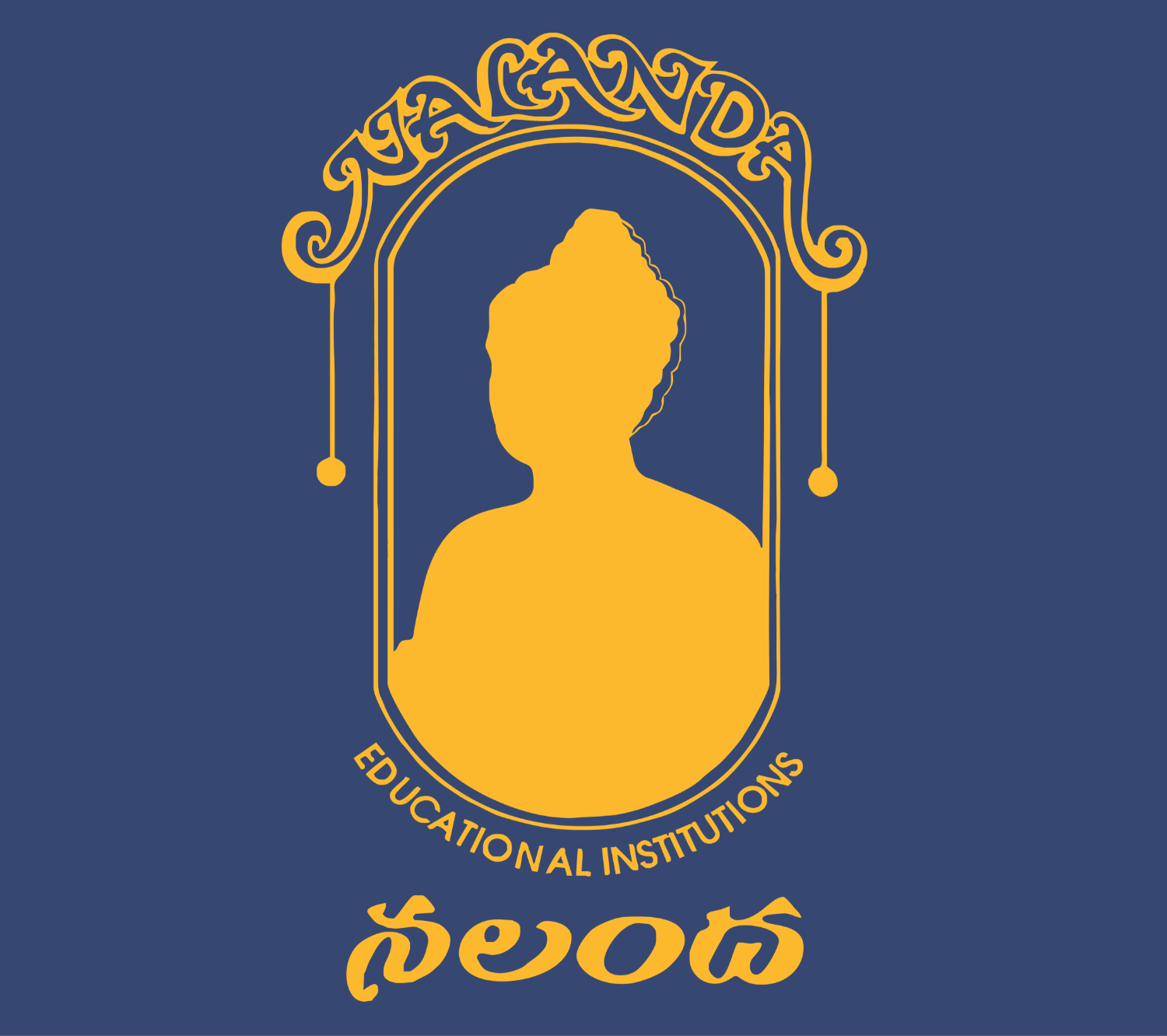In today’s rapidly evolving educational landscape, traditional teaching methods are gradually being replaced by innovative approaches that enhance student engagement and promote better learning outcomes. Educators are exploring creative ways to captivate students’ attention, facilitate active participation, and foster a deeper understanding of the subject matter. This article delves into some of the most effective innovative teaching methods that can revolutionise the learning experience for students.
1. Project-Based Learning
Project-based learning involves assigning students a complex task or project that requires them to apply their knowledge and skills to solve a real-life problem. This method promotes collaboration, critical thinking, and creativity, as students work together to find innovative solutions. By actively engaging in projects, students develop a deeper understanding of the subject matter and acquire valuable problem-solving skills.
2. Flipped Classroom Approach
The flipped classroom approach reverses the traditional teaching model. Students are introduced to new concepts and materials through online resources before coming to class. Classroom time is then dedicated to discussions, collaborative activities, and hands-on exercises. This method allows students to engage in meaningful discussions with their peers and receive personalised guidance from the teacher, resulting in enhanced comprehension and retention of the material.
3. Gamification in Education
Gamification involves incorporating game elements into the learning process to make it more interactive and enjoyable. By leveraging the inherent human inclination towards competition and rewards, gamification enhances student motivation and engagement. Through educational games, quizzes, and challenges, students actively participate in the learning process while having fun. Gamification also promotes healthy competition among students, fostering a positive learning environment.
4. Personalised Learning
Personalised learning recognizes that each student has unique learning needs and preferences. This method tailors the educational experience to individual students, taking into account their strengths, weaknesses, and interests. By providing customised learning paths and materials, educators can maximise student engagement and optimise learning outcomes. Personalised learning empowers students to take ownership of their education and enables them to progress at their own pace.
5. Experiential Learning
Experiential learning emphasises hands-on, real-world experiences as a primary method of instruction. This approach encourages students to actively engage in activities that allow them to apply theoretical knowledge in practical contexts. By immersing themselves in authentic experiences, such as field trips, simulations, or internships, students gain a deeper understanding of the subject matter and develop essential skills that go beyond the classroom.
6. Mind Mapping Techniques
Mind mapping is a visual representation technique that helps students organise and connect ideas. By creating a diagram that branches out from a central concept, students can visualise relationships between different topics and subtopics. This method enhances critical thinking, note-taking, and information retention. Mind mapping also encourages creativity and allows students to see the bigger picture while grasping the finer details of the subject.
7. Socratic Method
The Socratic method is a teaching technique that involves asking probing questions to stimulate critical thinking and engage students in active dialogue. Instead of providing direct answers, educators encourage students to think deeply, analyse information, and articulate their thoughts. This method cultivates analytical skills, enhances comprehension, and encourages students to think independently.
Conclusion
Innovative teaching methods have the power to revolutionise the learning experience, making it more engaging, personalised, and effective. By incorporating approaches such as project-based learning, flipped classrooms, gamification, and collaborative learning, educators can create dynamic and interactive learning environments. These methods foster critical thinking, problem-solving skills, and a deeper understanding of the subject matter, ultimately leading to better learning outcomes and preparing students for success in the ever-evolving world.
FAQs
1.Are innovative teaching methods suitable for all subjects?
Yes, innovative teaching methods can be applied to various subjects across different grade levels. The key is to adapt the methods to suit the specific subject matter and student needs.
2.How can innovative teaching methods benefit students?
Innovative teaching methods benefit students by enhancing engagement, promoting critical thinking, and fostering a deeper understanding of the subject matter. These methods cater to diverse learning styles and provide personalised learning experiences, resulting in improved learning outcomes.
3.Are innovative teaching methods suitable for all subjects?
Yes, innovative teaching methods can be applied to various subjects across different grade levels. The key is to adapt the methods to suit the specific subject matter and student needs.
4.How can technology integration enhance the learning experience?
Technology integration enhances the learning experience by providing interactive resources, facilitating personalised learning, and offering immediate feedback. Educational technology tools can engage students, promote collaboration, and provide access to a wide range of educational materials, enriching the learning process.
5.Are innovative teaching methods time-consuming for educators to implement?
While implementing innovative teaching methods may require initial planning and preparation, they can actually save time in the long run. These methods encourage active student engagement, which reduces the need for passive lectures and repetitive instruction. Moreover, once educators become familiar with the methods, they can streamline their implementation and incorporate them seamlessly into their teaching practice.
6.Where can educators find resources and support for implementing innovative teaching methods?
Educators can find resources and support for implementing innovative teaching methods through professional development programs, educational conferences, online communities, and educational technology platforms. Collaborating with fellow educators and sharing best practices can also provide valuable insights and ideas for effective implementation.


Recent Comments